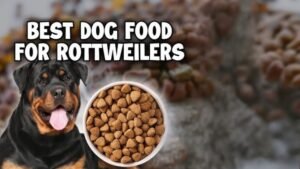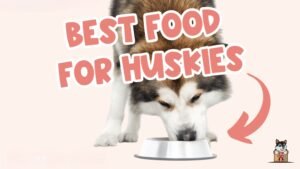





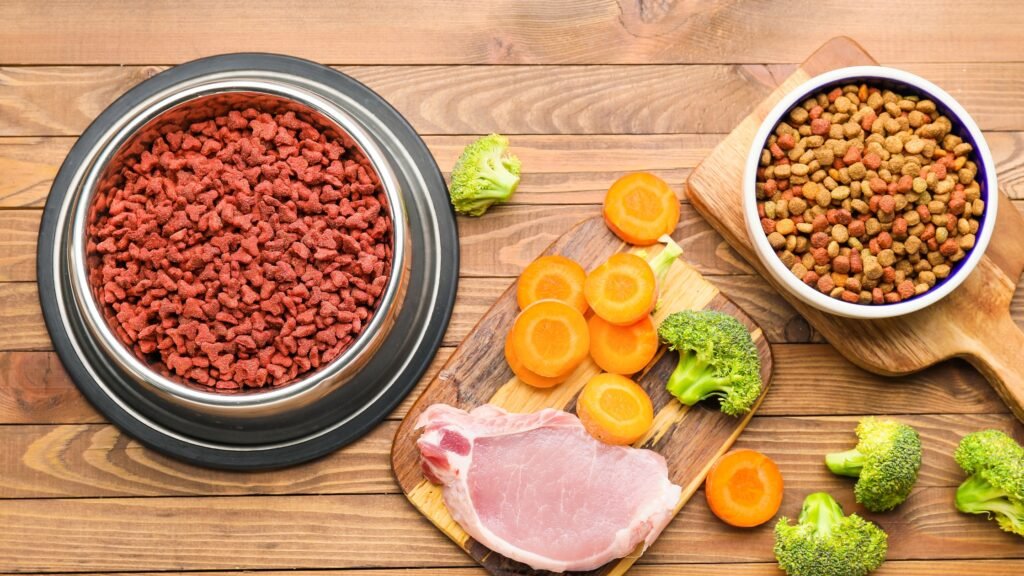
Selecting the best dog food is one of the most important decisions for your pet’s health, longevity, and well-being. A well-balanced diet supports strong muscles, healthy digestion, a shiny coat, and a strong immune system. Poor nutrition, on the other hand, can lead to obesity, allergies, digestive problems, and chronic illnesses.
With so many dog food options available, pet owners must understand what makes a high-quality dog food, the difference between dry, wet, and raw diets, and which ingredients to look for—and avoid. This guide will help you make an informed decision so your furry friend gets the best possible nutrition.

Dry dog food is one of the most popular choices due to its convenience, affordability, and long shelf life. It is designed to provide a balanced diet and is available in a variety of formulations based on age, breed, and dietary needs.
✔ Supports dental health by reducing tartar buildup
✔ Convenient for storage and portion control
✔ More affordable than wet or raw diets
✔ Available in grain-free, high-protein, and breed-specific formulas
Best for: Adult dogs, active breeds, and pets who need easy-to-serve meals.

Wet dog food contains higher moisture content, making it a great option for hydration and picky eaters. It often includes real meat chunks, vegetables, and essential vitamins.
✔ Soft texture makes it ideal for older dogs or those with dental issues
✔ More palatable for picky eaters
✔ Helps keep hydration levels up, especially for dogs who don’t drink much water
✔ Rich in protein and essential fatty acids
Best for: Senior dogs, small breeds, and dogs needing extra hydration.
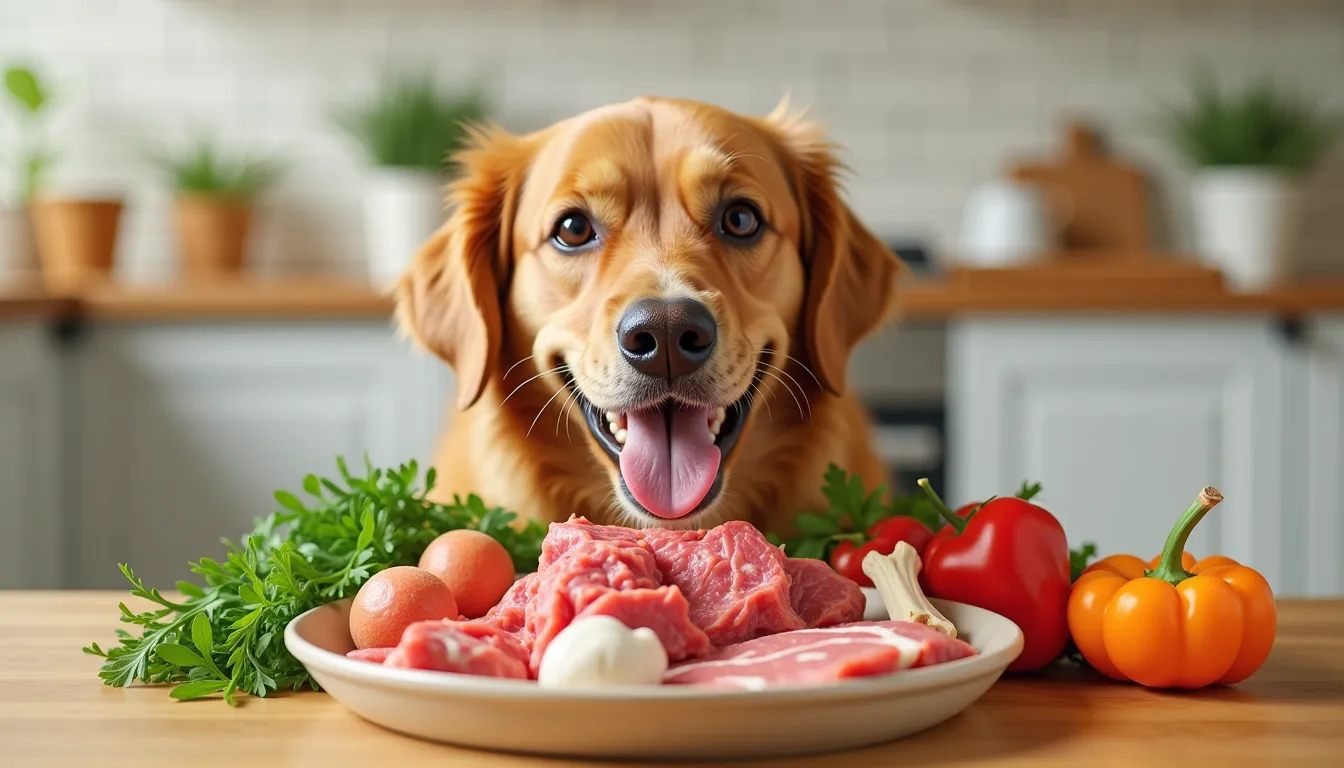
The Biologically Appropriate Raw Food (BARF) diet consists of raw meat, bones, organs, and vegetables. Many pet owners believe this diet mimics a dog’s natural eating habits.
✔ Supports better digestion, shinier coats, and improved energy levels
✔ Free from preservatives and artificial fillers
✔ Contains natural enzymes that promote a healthy gut
✔ Can be customized to meet specific dietary needs
Best for: Active and working dogs, allergy-prone pets, and those with food sensitivities.
This is a convenient alternative to raw feeding, as it maintains nutritional integrity while offering the convenience of kibble. Simply rehydrate with water before serving.
✔ Retains nutrients from raw ingredients
✔ Lightweight and easy to store
✔ Great for travel and raw food enthusiasts
✔ Can be mixed with kibble for extra nutrition
Best for: Owners who want a raw diet alternative without refrigeration.
When selecting the best dog food, it’s essential to check the ingredient list to ensure nutritional value and quality.
✔ Look for real meat as the first ingredient (chicken, beef, salmon, lamb)
✔ Provides essential amino acids for muscle growth and repair
✔ Avoid meat by-products, as they contain low-quality parts
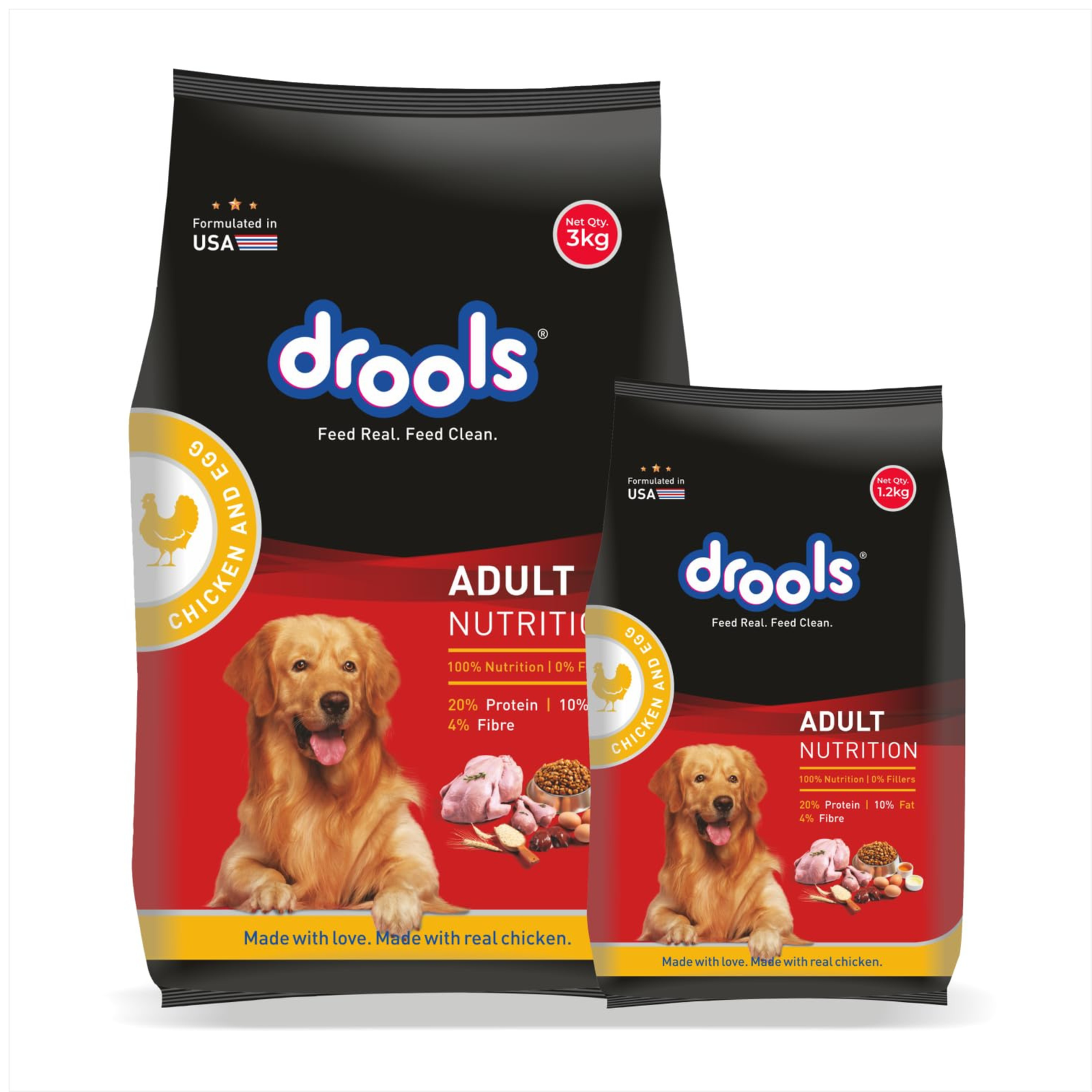
✔ Omega-3 and Omega-6 fatty acids promote healthy skin and a shiny coat
✔ Found in salmon oil, flaxseed, and chicken fat
✔ Whole grains (brown rice, oatmeal, quinoa) provide energy and fiber
✔ Grain-free diets (sweet potatoes, lentils, peas) are great for allergy-prone dogs
✔ Blueberries, carrots, spinach, and pumpkin provide antioxidants, fiber, and essential vitamins
✔ Supports digestive health and immunity

✔ Look for probiotics (Lactobacillus, Bifidobacterium) to support gut health
✔ Pumpkin, sweet potatoes, and beet pulp aid digestion
Read Also : Persian Cat Food Guide: Top Picks and Nutrition Secrets
Pet Food Perfected: Choosing the Right Nutrition by Breed and Size
Not all dog foods are created equal. Avoid low-quality ingredients that can cause digestive issues, allergies, and long-term health problems.
🚫 Artificial Preservatives & Colors (BHA, BHT, Ethoxyquin) – Linked to cancer and allergies
🚫 Corn, Wheat, and Soy – Often used as cheap fillers, leading to digestive issues
🚫 Meat By-Products – Contains low-quality animal parts
🚫 Excessive Salt and Sugar – Leads to obesity and diabetes
Dogs require different nutritional needs depending on their age, breed, and activity level.
✔ High protein and fat content for rapid growth
✔ Rich in DHA for brain development
✔ Small kibble size for easy chewing
Recommended: Hill’s Science Diet Puppy, Blue Buffalo Life Protection Puppy
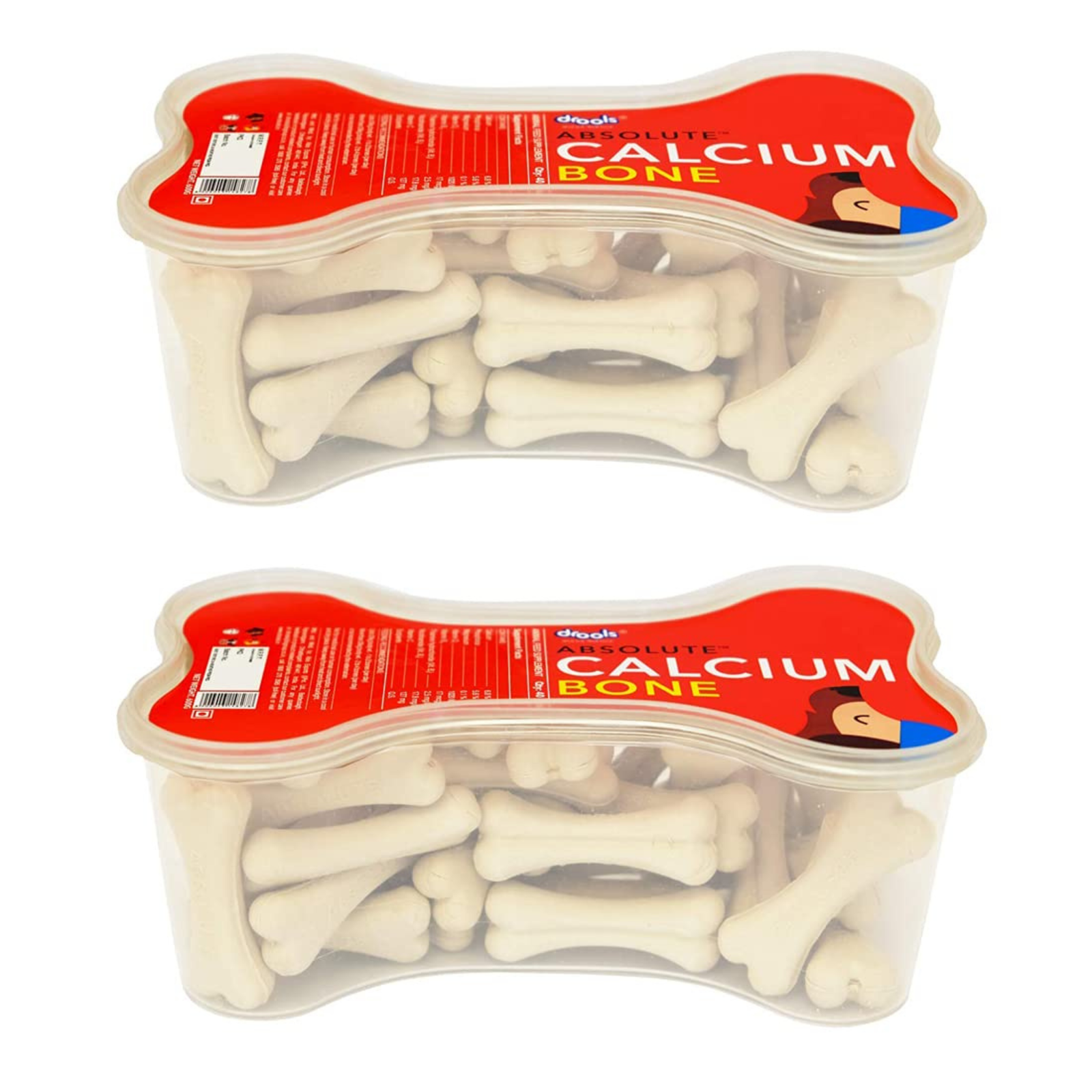
✔ Balanced nutrition to maintain energy and muscle mass
✔ Moderate fat and protein levels
✔ Joint support ingredients (glucosamine, chondroitin) for large breeds
Recommended: Orijen Original, Taste of the Wild High Prairie
✔ Lower calorie content to prevent obesity
✔ Joint supplements to support mobility and arthritis
✔ Added fiber for digestive health
Recommended: Nutro Ultra Senior, Wellness CORE Senior Formula
Best for dogs with food sensitivities or allergies. Contains novel proteins like venison, duck, or kangaroo.
✔ Recommended: Royal Canin Hydrolyzed Protein
For overweight or less active dogs, low-calorie, high-fiber formulas help maintain a healthy weight.
✔ Recommended: Hill’s Science Diet Perfect Weight

Ideal for active, working, or highly energetic breeds. Contains higher meat content for sustained energy.
✔ Recommended: Blue Buffalo Wilderness, Instinct Raw Boost
Feeding your dog the right food plays a major role in their health, longevity, and happiness. When choosing the best dog food, focus on:
✔ High-quality protein sources (real meat, fish, poultry)
✔ Essential nutrients for overall well-being (omega fatty acids, fiber, probiotics)
✔ Avoiding artificial preservatives and low-quality fillers
✔ Selecting a food based on your dog’s age, breed, and specific needs
By making informed decisions, you ensure your furry companion enjoys a healthy, active, and fulfilling life.
The best food depends on your dog’s age, breed, and health needs. Dry, wet, raw, and freeze-dried options are all good depending on your pet’s preference.
Grain-free diets work well for dogs with allergies but may not be necessary for all dogs. Whole grains like brown rice and quinoa can be beneficial.
Look for real meat as the first ingredient, avoid fillers like corn, and check for essential nutrients like omega-3s and probiotics.
Yes! Mixing both adds variety and hydration, making meals more appealing.
Look for low-calorie, high-fiber dog food with lean protein, such as Hill’s Science Diet Perfect Weight.


